This article is part of a series on the making of the museum of Lodève.
For Lodève’s museum, we worked on many different aspects, short animation movies, cartographic video projections and 3D scans of fossils such as spoors or bones. For the latter, one topic of particular interest was the recreation of a 3D book of stratigraphic layers, such that you can turn and see the trace on the front, and the inverse trace on the back of each page.
In this article, we will explain how we have reproduced the double page for the fossil rain. The book is only meant to be educational, so we were allowed to recreate a surface with rain drop craters which were too small to be scanned with our equipment.
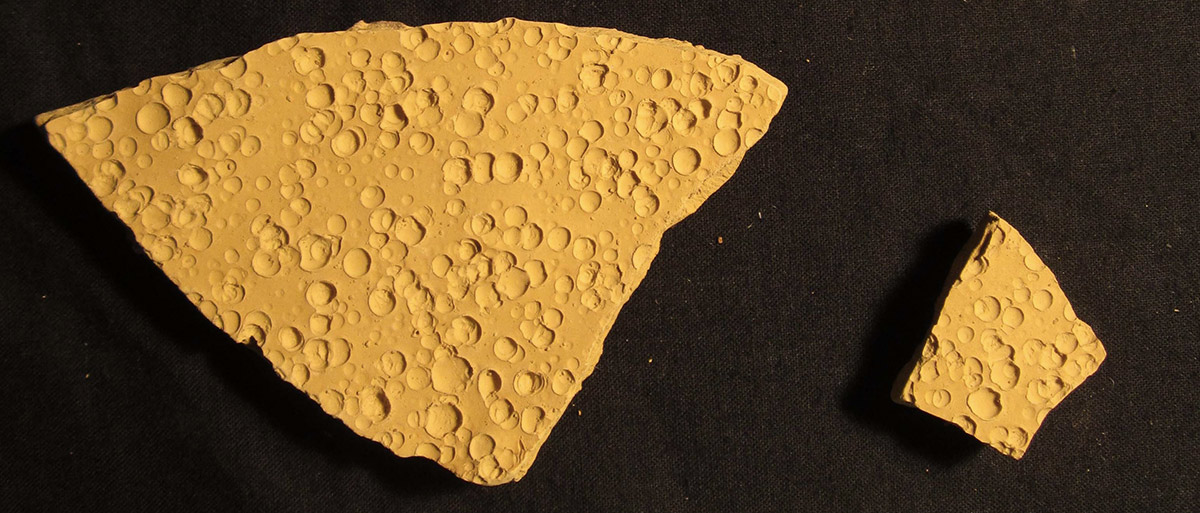
Generating fossil rain
Each page was meant to be built with a 6 axis drill arm, so we did not have to deliver the whole page but only the two faces’ surfaces, the trace and inverse trace. We decided to model the drops in 2D, using a full float exr height map to keep enough precision. As for much of the works described in our blog posts about 3D printers or computer numerical control machines, we have decided to work with height maps, which guarantee no geometry overlap, i.e. assurance of being able to be built, and can be really efficient to compose our model with a raster image editor like Krita.
Each drop is created from a radial gradient, then a color ramp falloff shapes the crater to set the outer ring of the drop with a positive relief, and at the center a negative relief. Some noise distorsion is applied to avoid a perfectly round circle.

Then we set multiple particule emissions of drops on a surface to get multiple passes. At each emission, a few particules are randomly spread over the surface with a uniform distribution because we want to avoid the particules overlaying one another in one pass, but we want drops to overlay between passes to recreate what happens when a drop falls on the edge of an other drop.

Each pass is overlayed with a mask to keep only the last emission over the others.
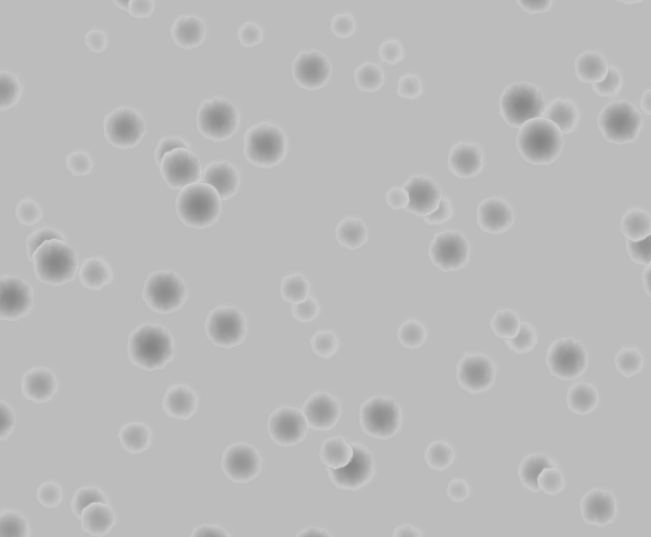
Here’s the result with a displacement on a subdivided plane:
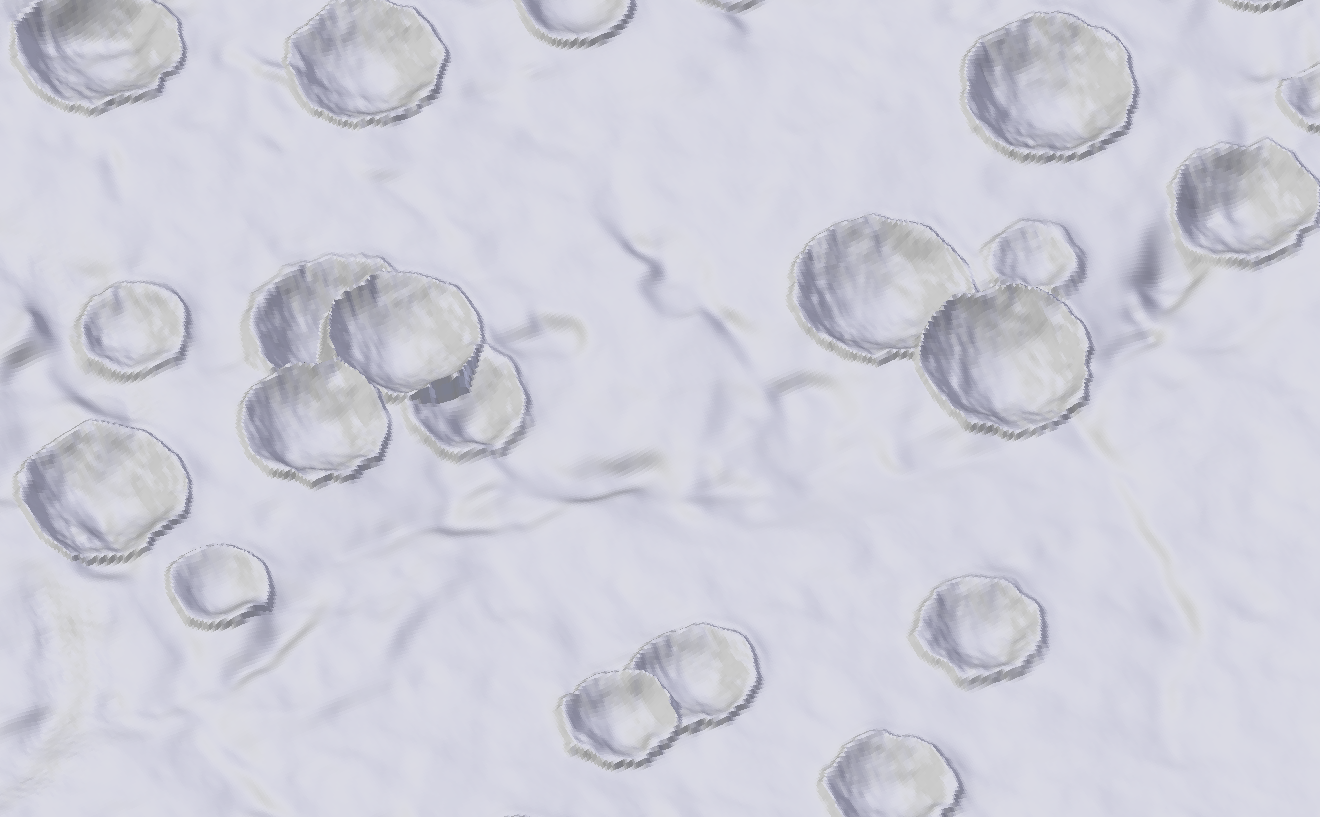
For comparison, here is a photo of one of the fossils of the reverse traces (the negative of traces) of rain drops displayed in the museum:
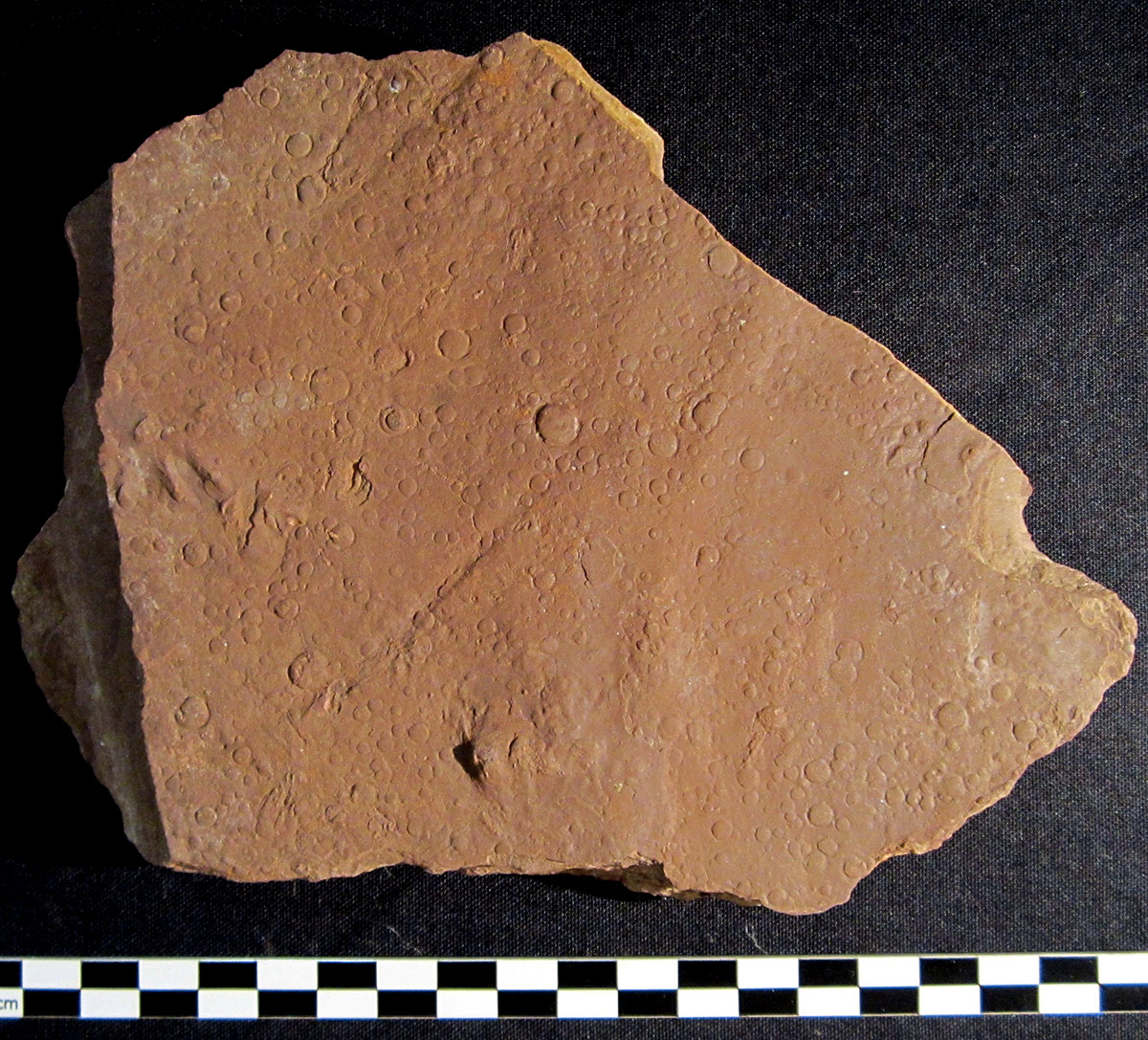
And finally, the book built by Sequoia-md, as displayed in the museum:
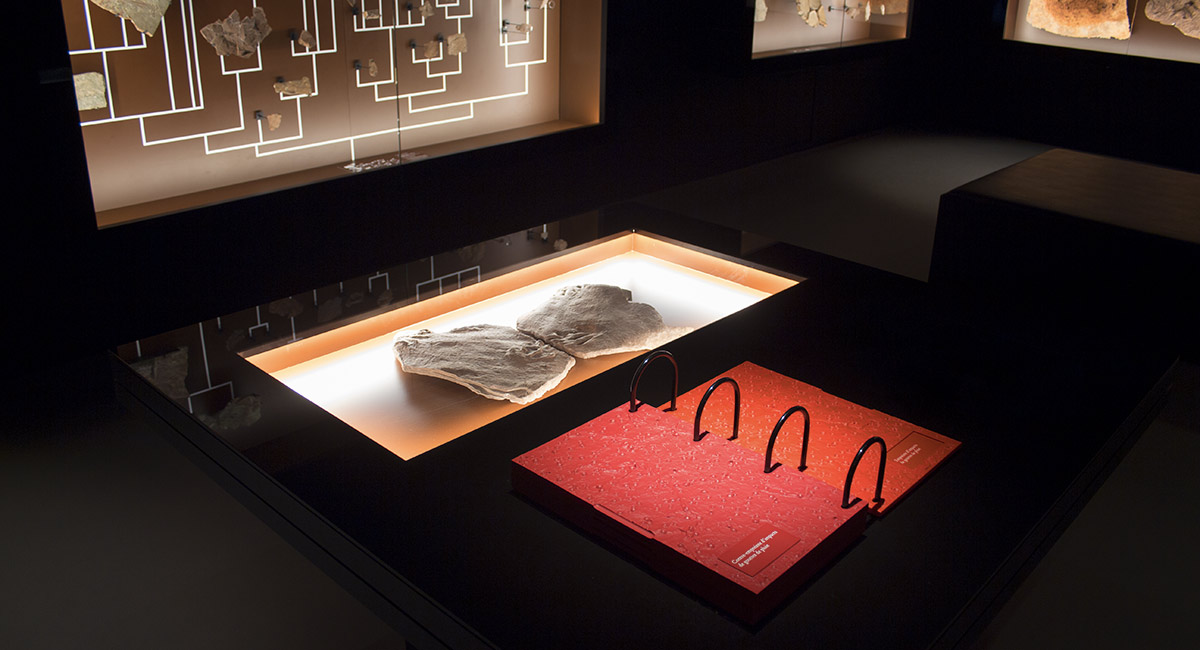
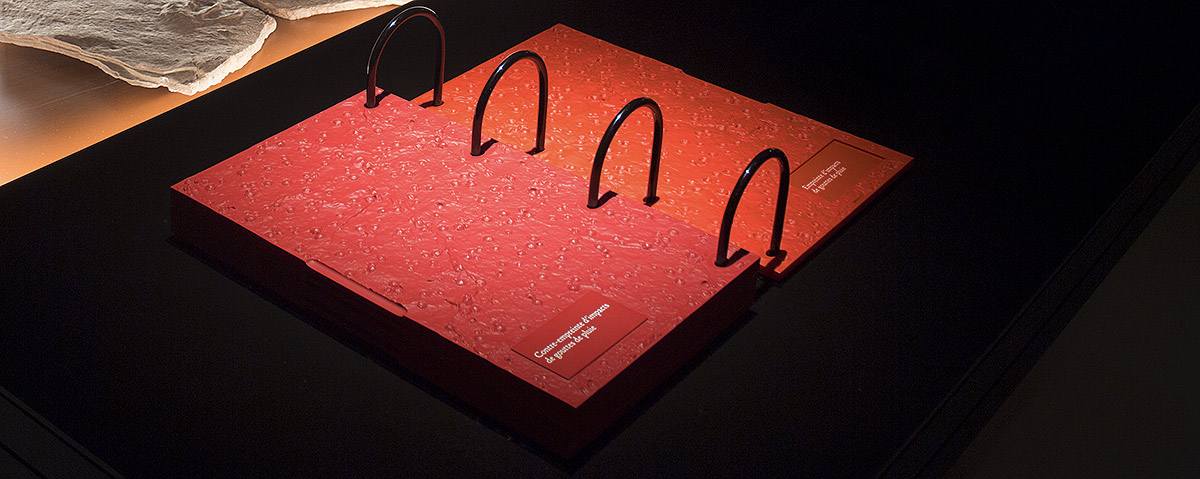
Come see the real book in the Musée de Lodève!
1 Comment
اسکن سه بعدی
3D scanning is my favorite subject and your post was great for me…pars-design.ir